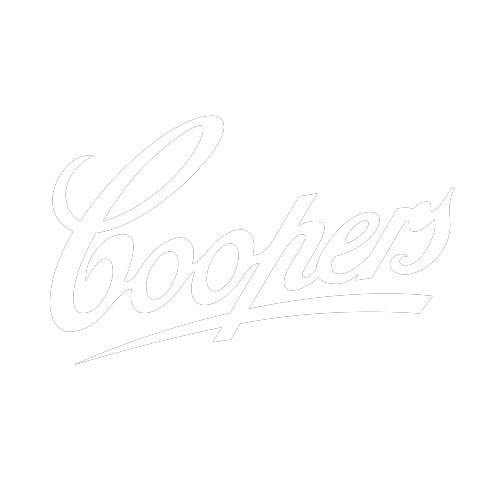Peter Cripps
Endless Space
13 October–24 November 201213 Oct–24 Nov 2012
Melbourne artist Peter Cripps has been a key figure in Australian art since the 1970s. He emerged at a time when minimalism and conceptualism were challenging an older idea of art generally, and of sculpture specifically. As an expression of those challenges, his work has been concerned with logics and technologies of space and display. Endless Space spans Cripps’s career. The earliest works were produced in the late 1960s, while the latest were made specially for the show.
The show traces several ongoing strands of Cripps’s inquiry. One strand is mirrors. The show includes examples of Cripps’s Mirror Studies from the 1970s (which explore the paradoxical spatial effects mirrors produce) and the Public Project works that he has been making since the early 1990s (Tatlinesque towers mounted with convex surveillance mirrors).
The influence of landscape is another strand. Cripps’s sculpture was informed by his childhood environment in Victoria, particularly its distinctive coastal architecture (with its concrete-block bathing pavilions and World War II bunker remnants) and the Mordialloc timber yard (with its drying kilns, timber stacks, and railway lines). This influence is apparent in the Above and Below Ground constructions he began making in 1968, and in Ground, a new suite of topographical photographic studies of a shed floor.
Alongside minimalism and conceptualism, museology has been a key influence on Cripps. In the 1970s, he was an assistant curator at Melbourne’s National Gallery of Victoria, and, from 1984 to 1986, he was Director of the IMA. Thinking about archives and museums underpins much of his work. Our show includes Shells of Past Activities, a ‘personal museum’ composed of photos, texts, and state-library reading cards.






